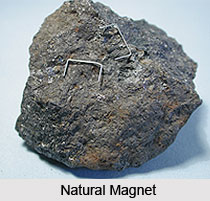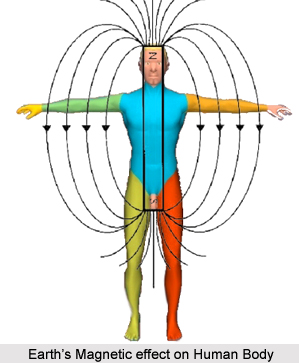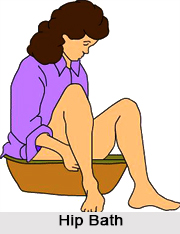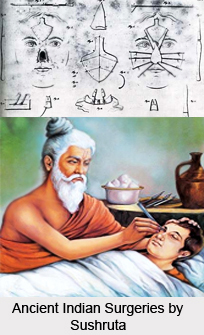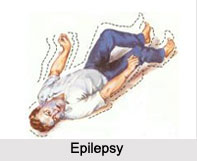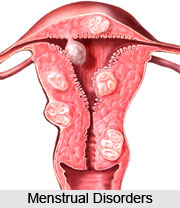The term abortion is commonly also known as miscarriage and it simply means the expulsion of the foetus from the uterus before the complete formation of the placenta. This may occur any time before 28 weeks of gestation but is most common during the first 12 weeks of pregnancy. One in five to ten pregnancies terminates in this way. However, when miscarriage occurs repeatedly at a certain period of pregnancy, it is termed `habitual abortion`. It is one of the most perplexing problems of gynecology and a major cause of maternal mortality. A woman who has suffered two or more terminations of this sort consecutively is said to be a case of habitual abortion.
Symptoms of Habitual Abortion:
Pains of the same character as labour pains and bleeding are the two main symptoms of possible abortion. Bleeding may lead to the detachment of the ovum from the uterus. It now acts as a foreign body in the uterus, which stimulates uterine contraction. This generates a lot of pain and the foetus is thrown out of the body. In later weeks when the foetus is well developed, if it dies in the uterus, it leads to maceration of the body. The abdomen is filled with blood and the skin colour appears red. Sometime after a few more days, the foetus gets dehydrated and the fluid surrounding the foetus gets dried away.
Causes of Habitual Abortion:
One of the most important causes of habitual abortion is a congenital malformation of the uterus. Defied functioning of the thyroid is another important cause habitual abortion. Any abnormality in a woman can definitely be detected by the use of a hysterogram, before the woman becomes pregnant, so that she is made aware of her case. Any deficiency of these hormones at the 12th week of pregnancy is detrimental to the growth of the foetus. It is, therefore, during this critical period, when habitual abortions mostly occur. Lack of progesterone is especially instrumental in expelling the fertilized ovum and it results in an abortion.
Chronic constipation is another important cause of habitual abortion, which leads to putrefaction of morbid matter and wastes in the large intestines, causing autointoxication and inflammation of the reproductive organs, which can lead to a miscarriage.
Abortion may result from the excessive use of certain drugs, since the usage of the drugs enter the foetus through the placenta, acting quite differently on the foetus from the mother. Such drugs may include, painkillers, antibiotics, tranquilizers and hormones. A high dosage of such drugs may produce contraction in the uterus, inducing abortion.
Other causes of habitual abortion are excessive physical exercise, mental excitement, sexual intercourse, syphilis infections, fibroid tumors, blood incompatibility of husband and wife, systemic disorders in the mother like hypertension, chronic nephritis, diabetes and even her mental condition.
Treatment of Habitual Abortion by Nature Cure:
Conditions such as hormonal imbalance, infections of the uterus and chronic constipation can be remedied by natural methods of treatment. For congenital uterine malformation, however, recourse may have to be taken to surgery.
On appearance of the first symptoms of possible abortion, the patient should be put to bed immediately and the bottom end of the bed raised. Cold compresses should be applied continuously to the inner portion of the thighs, the perinium, the vagina and the lumbar region. Compresses should be changed every 15-20 minutes. When the compress is removed for renewing, the surface should be rubbed with a warm dry flannel for half a minute or until reddened, before applying the compress again. Simultaneously, a hot application should be made to the feet.
A neutral or warm water enema is an effective remedy for a constipated colon, which is a major cause for the toxemic condition of the uterus. This will relieve the bowels and thus reduce any excessive pressure on the uterus and other pelvic organs.
Pregnant women with a history of repeated abortions should take all other precautions necessary to prevent miscarriage. They should avoid sexual intercourse, during early pregnancy. They should go to bed early and rise early and take regular exercise, but avoid fatigue. They should sleep on a hard mattress with their heads low, and remain calm and cool. All these measures will greatly help in correcting the phenomenon of habitual abortion.
Diet:
Dietary control is of utmost importance in the prevention of habitual abortion. Pregnant women should avoid refined carbohydrates, sugars, non-vegetarian food, coffee and tea. They should also avoid oily and fried foods as such foods lead to constipation, which is very detrimental to pregnancy. Smoking or chewing tobacco and drinking alcohol must be strictly avoided.
The pregnant woman`s diet chart should be on the following lines:
•Breakfast: Fresh fruits and a glass of milk mixed with a teaspoonful of honey.
•Lunch: Steamed vegetables, boiled rice or whole-wheat chapatis and soup or buttermilk.
•Mid-Afternoon: A glass of fruit juice or a whole fruit.
•Dinner: Cooked diet similar to the afternoon meal may be taken till the seventh month. After that, fruits, nuts, germinated seeds and sprouts, milk, buttermilk and soups must form her diet because they reduce the workload on the digestive system and thus help avoid indigestion, constipation and related disorders.
Indian gooseberry is considered useful in preventing abortion. A teaspoonful of fresh amla juice and honey mixed together should be taken every morning during the period of pregnancy to prevent infections and help in the absorption of iron. A brew made from safflower foliage is also said to prevent abortion.
Water Treatments:
A regular cold hipbath for duration of 10 minutes twice every day is very helpful in relieving congestion and inflammation of the uterus. Wet girdle packs twice every day, on an empty stomach, also relieve congestions and infections in the uterus and other pelvic organs. It is advisable that women with a history of repeated abortions should adopt these techniques before conception and continue them during the first two months of pregnancy.
Treatment of Habitual Abortion by Yogic Asanas:
Hormonal imbalances can be set right by practising yogic exercise. Yogic asanas such as sarvangasana, vajrasana, bhujangasana, shalabhasana, dhanurasana, paschimottashana and trikonasna are especially useful in improving thyroid, pituitary adrenal and gonad endocrine functions and should be practised regularly by women who suffer from imbalances of this sort, upto the first two months of pregnancy.





